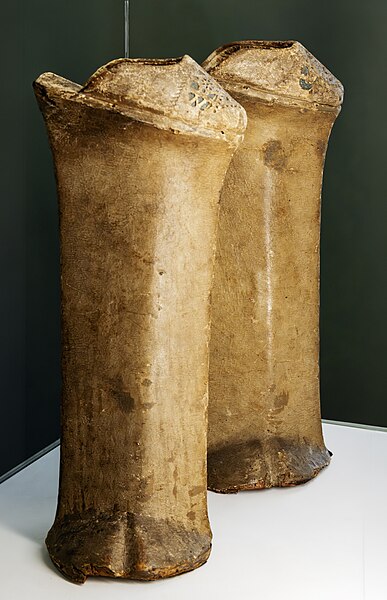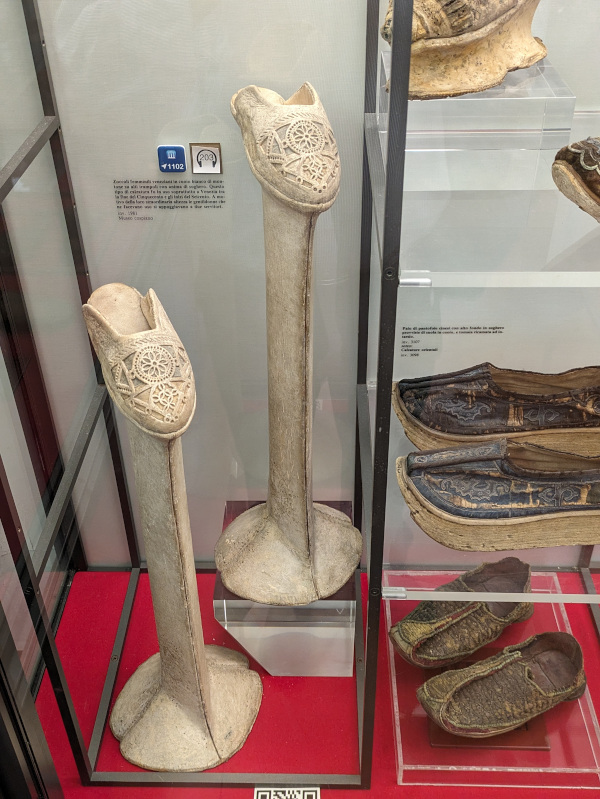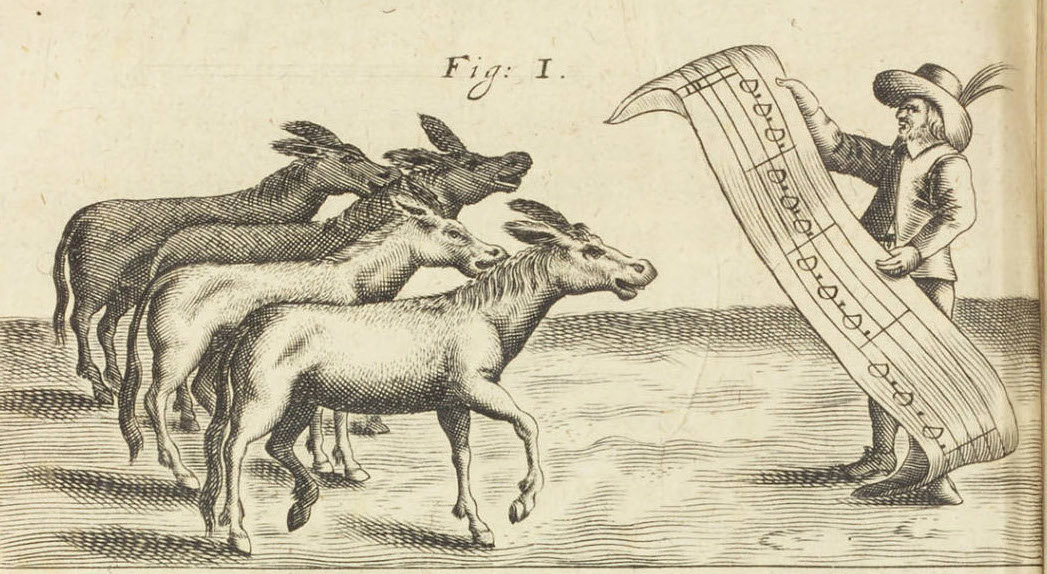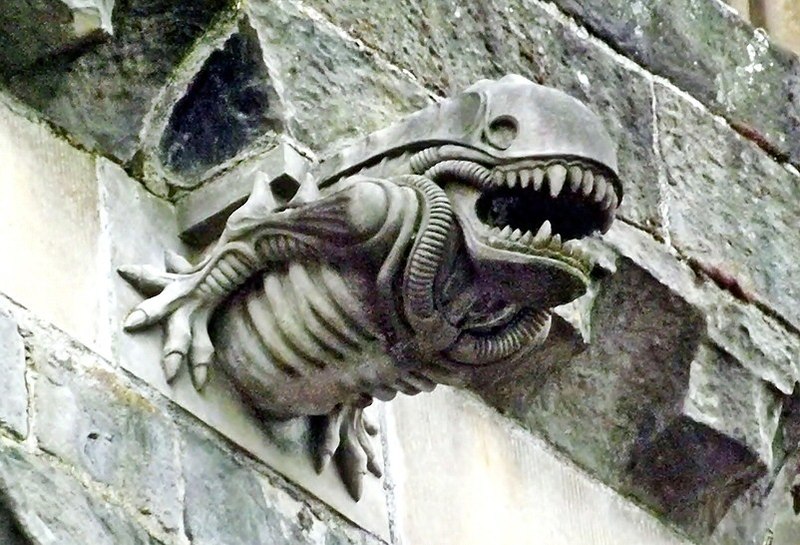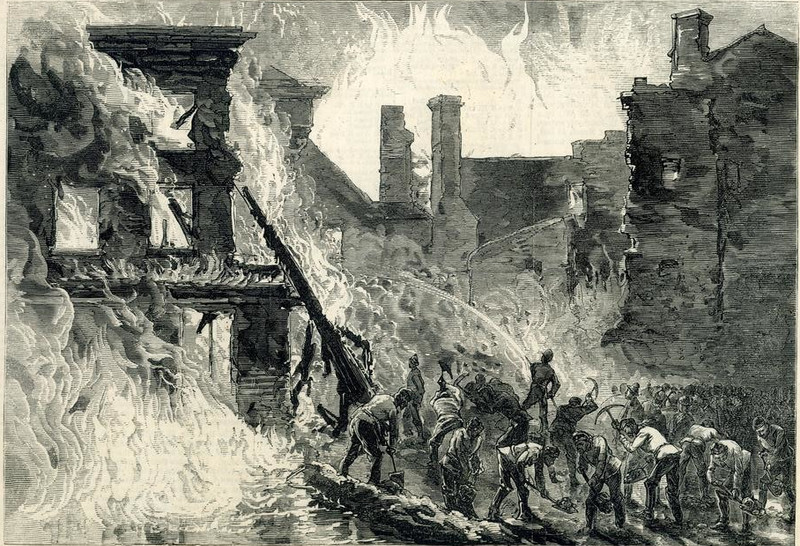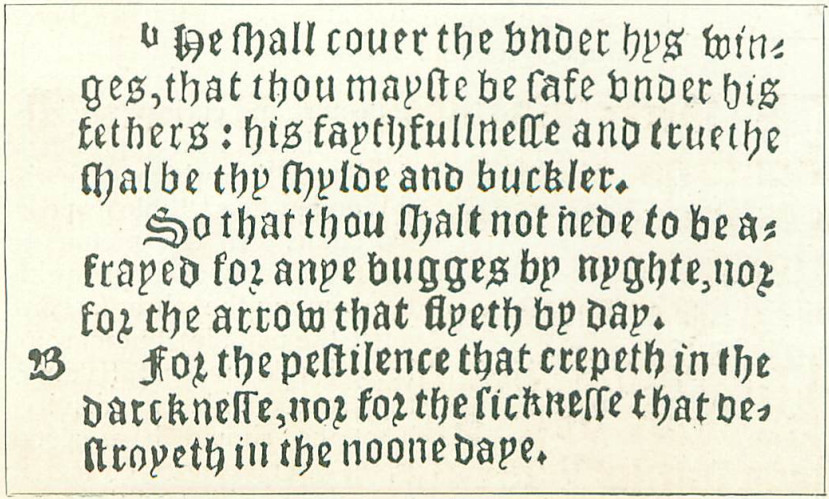
Sydney is 14 hours ahead of New York, so when it’s noon in Sydney it’s 10 p.m. the previous day in New York.
Suppose you were broadcasting to the U.S. on a news-service hook-up from Sydney, and wanted to tell the American public about an explosion that occurred at 2:30 A.M. in a factory in Sydney.
Would you say ‘There will be an explosion in the Sydney Boiler Works at 2:30 A.M. tomorrow morning?’
Or would you say ‘There was an explosion in the Sydney Boiler Works at 2:30 A.M. tomorrow morning?’
That’s from Gerald Lynton Kaufman’s It’s About Time, from 1935. For the record, the Associated Press would dateline the story SYDNEY and refer to clock times in that location.

